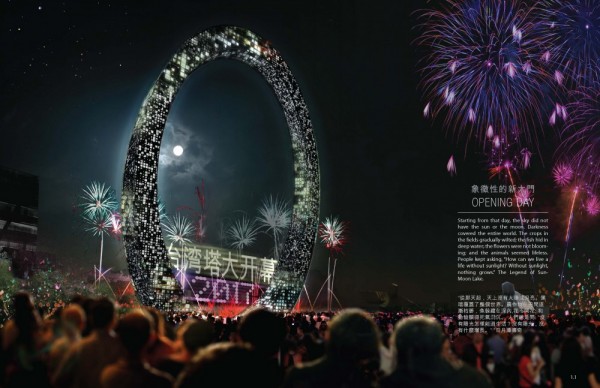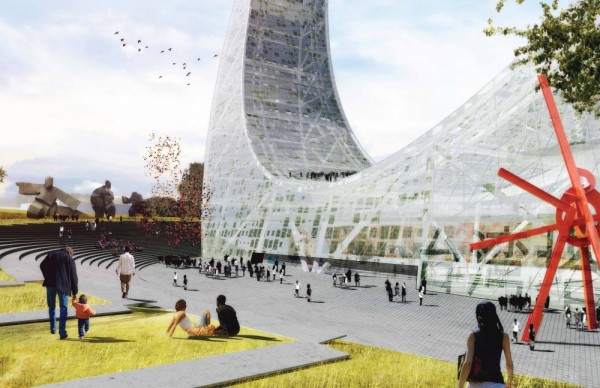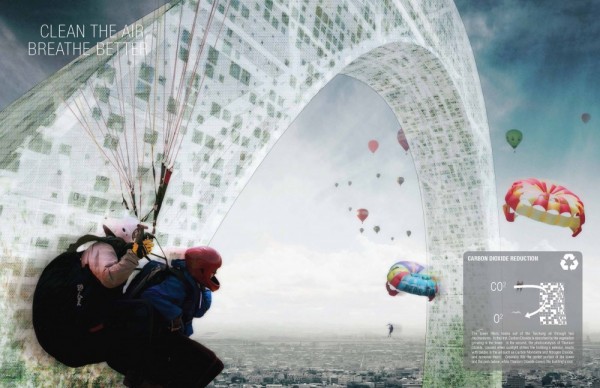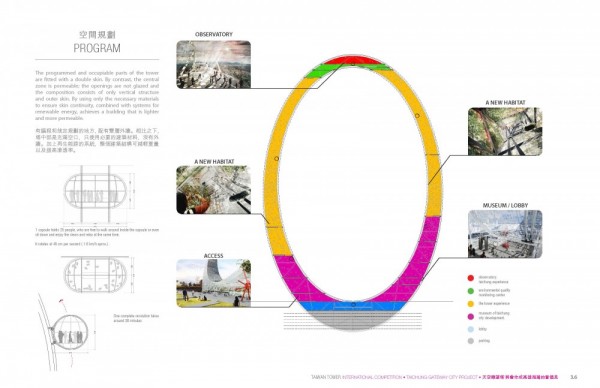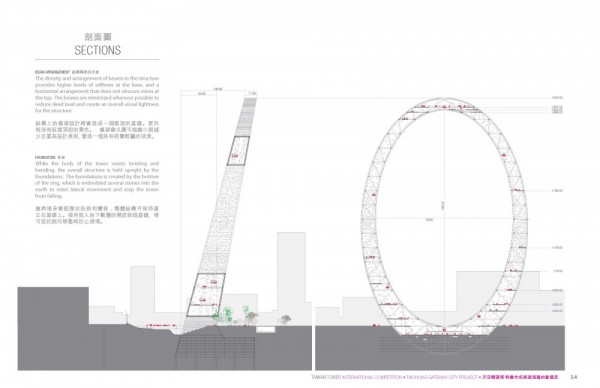BY: ADMIN | OCTOBER - 9 - 2011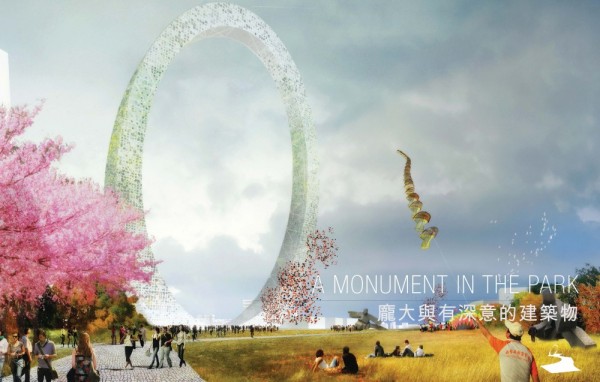

The ambition to provoke urban change can be understood as a desire to create an icon such as theTaiwan tower designed by STL Architects that highlights the unique character of Taichung city. The architects envisioned this reality as coherent blend through an architectural landscape anchored by iconic venues that will satisfy the needs of locals, the industries and future trends. The idea is to generate a flow network that communicates the Taichung gateway city project with the most important landmarks of the city.
The skin itself is a system: it is pixilated with glazed openings in the programmed and occupiable zones while permeable with openings in the central area. The degradation of the openings, varying between 20% and 60%, is done in order to achieve greater lightness in the central part of the tower, therefore using less material and saving.
The density and arrangement of beams in the structure provides higher levels of stiffness at the base, and a horizontal arrangement that does not obscure views at the top. The beams are minimized wherever possible to reduce dead load and create an overall visual lightness for the structure. While the body of the tower resists twisting and bending, the overall structure is held upright by the foundations. The foundations is created by the bottom of the ring, which is embedded several stories into the earth to resist lateral movement and stop the tower from falling.
The programmed and occupiable parts of the tower are fitted with a double skin. By contrast, the central zone is permeable; the openings are not glazed and the composition consists of only vertical structure and outer skin. By using only the necessary materials to ensure skin continuity, combined with systems for renewable energy, achieves a building that is lighter and more permeable.
The tower is designed to resist the dynamic force of the wind. Modal frequencies are those vibration frequencies where cyclical motion naturally occurs as a result of resonance between wind movement and the mass and shape of a building. A preliminary analysis of the tower shows that the modal frequencies of the ring result in the tower moving forward and back, side to side, and twisting. To resist these forces, the tower is thickened at the bottom to create stiffness, and provided with dampers to resist twisting. The low center of gravity allows the top of the ring to lean, carrying the observation platform out over the park.
